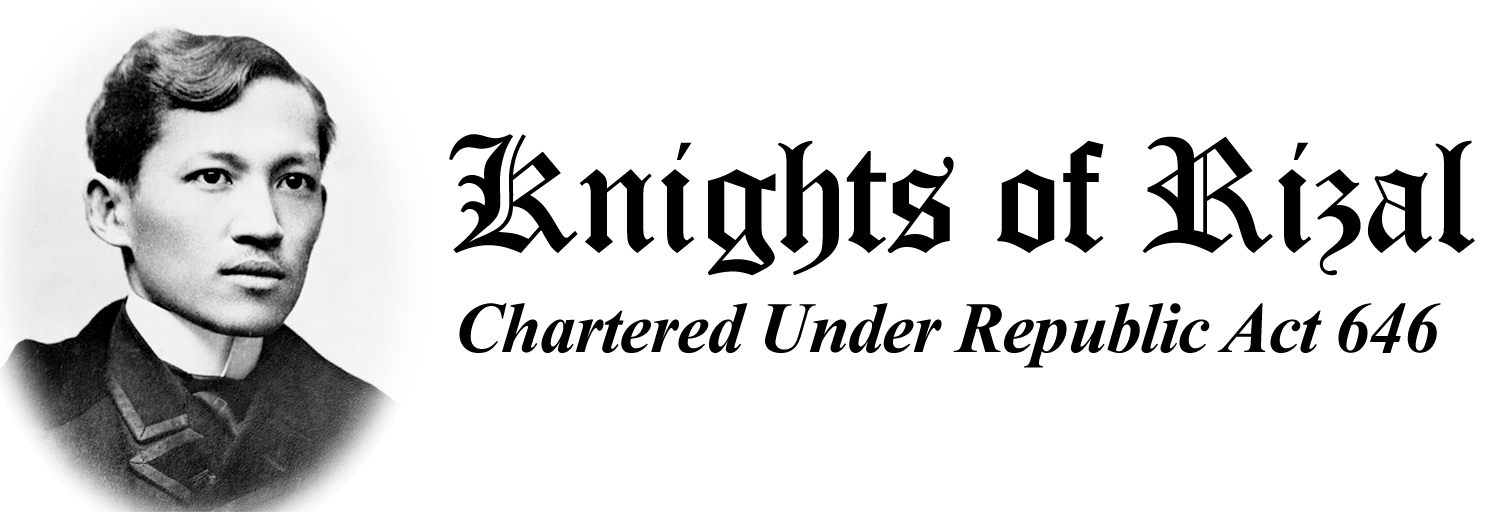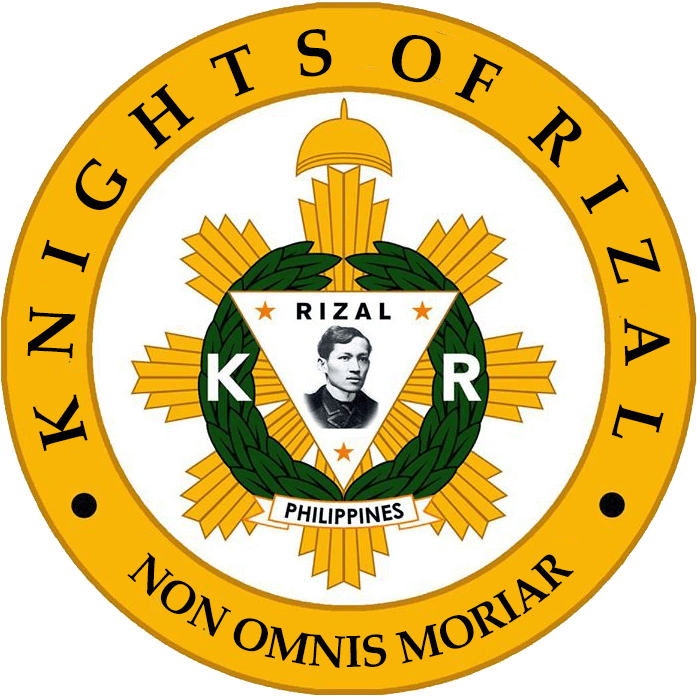Dr. José Rizal
José Protasio Rizal Mercado y Alonso (June 19, 1861 – December 30, 1896) was a Filipino nationalist, writer and polymath active at the end of the Spanish colonial period of the Philippines. He is considered the national hero (pambansang bayani) of the Philippines. An ophthalmologist by profession, Rizal became a writer and a key member of the Filipino Propaganda Movement, which advocated political reforms for the colony under Spain.
He was executed by the Spanish colonial government for the crime of rebellion after the Philippine Revolution broke out; it was inspired by his writings. Though he was not actively involved in its planning or conduct, he ultimately approved of its goals which eventually resulted in Philippine independence.
Rizal is widely considered one of the greatest heroes of the Philippines and has been recommended to be so honored by an officially empaneled National Heroes Committee. However, no law, executive order or proclamation has been enacted or issued officially proclaiming any Filipino historical figure as a national hero. He wrote the novels Noli Me Tángere (1887) and El filibusterismo (1891), which together are taken as a national epic, in addition to numerous poems and essays.

Early Life
José Rizal was born on June 19, 1861, to Francisco Rizal Mercado y Alejandro and Teodora Alonso Realonda y Quintos in the town of Calamba in Laguna province. He had nine sisters and one brother. His parents were leaseholders of a hacienda and an accompanying rice farm held by the Dominicans. Both their families had adopted the additional surnames of Rizal and Realonda in 1849, after Governor General Narciso Clavería y Zaldúa decreed the adoption of Spanish surnames among the Filipinos for census purposes (though they already had Spanish names).
Like many families in the Philippines, the Rizals were of mestizo origin. José’s patrilineal lineage could be traced to Fujian in China through his father’s ancestor Lam-Co, a Hokkien Chinese merchant who immigrated to the Philippines in the late 17th century. Lam-Co traveled to Manila from Xiamen, China, possibly to avoid the famine or plague in his home district, and more probably to escape the Manchu invasion during the transition from Ming to Qing. He decided to stay in the islands as a farmer. In 1697, to escape the bitter anti-Chinese prejudice that existed in the Philippines, he converted to Catholicism, changed his name to Domingo Mercado and married the daughter of Chinese friend Augustin Chin-co.
On his mother’s side, Rizal’s ancestry included Chinese and Tagalog. His mother’s lineage can be traced to the affluent Florentina family of Chinese mestizo families originating in Baliuag, Bulacan.[15] He also had Spanish ancestry. Regina Ochoa, a grandmother of his mother, Teodora, had mixed Spanish, Chinese, and Tagalog blood. His maternal grandfather was a half Spanish engineer named Lorenzo Alberto Alonzo.
From an early age, José showed a precocious intellect. He learned the alphabet from his mother at 3, and could read and write at age 5.[13] Upon enrolling at the Ateneo Municipal de Manila, he dropped the last three names that made up his full name, on the advice of his brother, Paciano and the Mercado family, thus rendering his name as “José Protasio Rizal”. Of this, he later wrote: “My family never paid much attention [to our second surname Rizal], but now I had to use it, thus giving me the appearance of an illegitimate child!” This was to enable him to travel freely and disassociate him from his brother, who had gained notoriety with earlier links to Filipino priests Mariano Gomez, Jose Burgos, and Jacinto Zamora (popularly known as Gomburza), who had been accused and executed for treason.
Rizal’s house in Calamba, Laguna
José, as “Rizal”, soon distinguished himself in poetry writing contests, impressing his professors with his facility with Castilian and other foreign languages, and later, in writing essays that were critical of the Spanish historical accounts of the pre-colonial Philippine societies. By 1891, the year he finished his second novel El filibusterismo, his second surname had become so well known that, as he writes to another friend, “All my family now carry the name Rizal instead of Mercado because the name Rizal means persecution! Good! I too want to join them and be worthy of this family name…”
Execution
Moments before his execution on December 30, 1896, by a squad of Filipino soldiers of the Spanish Army, a backup force of regular Spanish Army troops stood ready to shoot the executioners should they fail to obey orders. The Spanish Army Surgeon General requested to take his pulse: it was normal. Aware of this the sergeant commanding the backup force hushed his men to silence when they began raising “vivas” with the highly partisan crowd of Peninsular and Mestizo Spaniards. His last words were those of Jesus Christ: “consummatum est” – “it is finished.”
A day before, Rizal’s mother pleaded with the authorities to have Rizal’s body placed under her family’s custody as per Rizal’s wish; this was unheeded but was later granted by Manuel Luengo, the mayor of Manila. Immediately following the execution, Rizal was secretly buried in Pacò Cemetery (now Paco Park) in Manila with no identification on his grave, intentionally mismarked to mislead and discourage martyrdom.
His undated poem Mi último adiós, believed to have been written a few days before his execution, was hidden in an alcohol stove, which was later handed to his family with his few remaining possessions, including the final letters and his last bequests. During their visit, Rizal reminded his sisters in English, “There is something inside it”, referring to the alcohol stove given by the Pardo de Taveras which was to be returned after his execution, thereby emphasizing the importance of the poem. This instruction was followed by another, “Look in my shoes”, in which another item was secreted.
Rizal’s execution, as well as those of other political dissidents (mostly anarchist) in Barcelona was ultimately invoked by Michele Angiolillo, an Italian anarchist, when he assassinated Spanish Prime Minister Antonio Canovas del Castillo.

